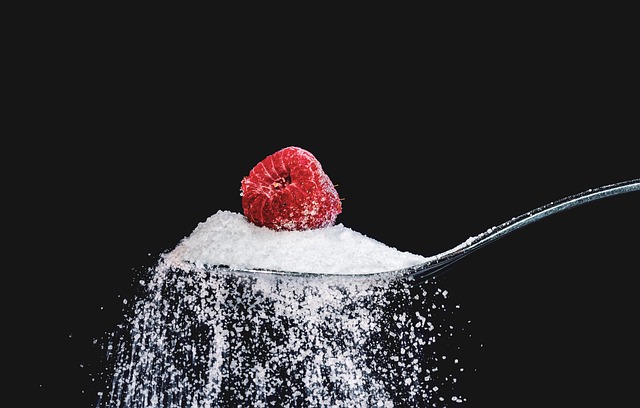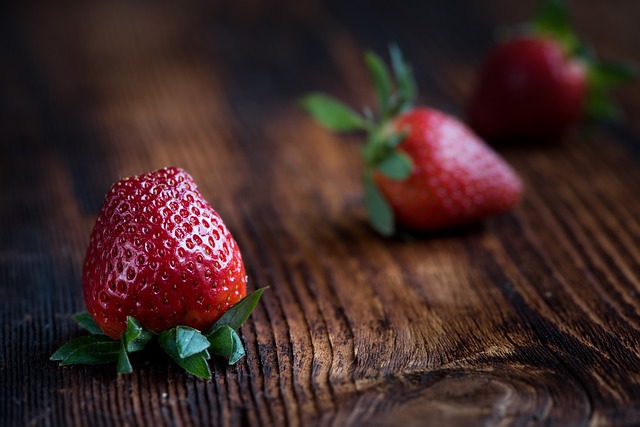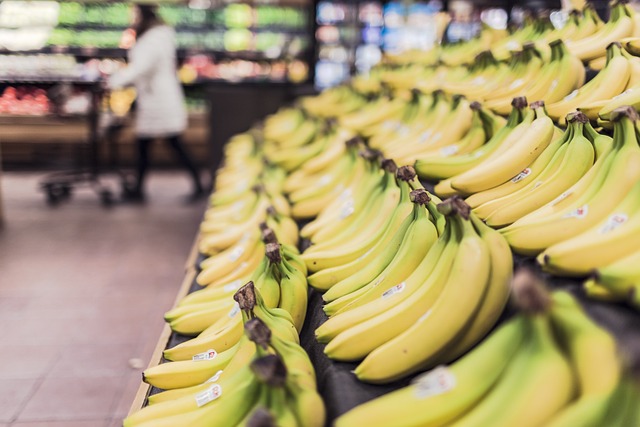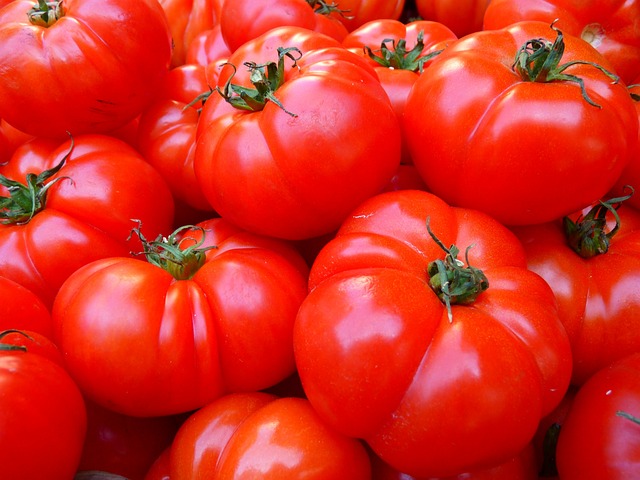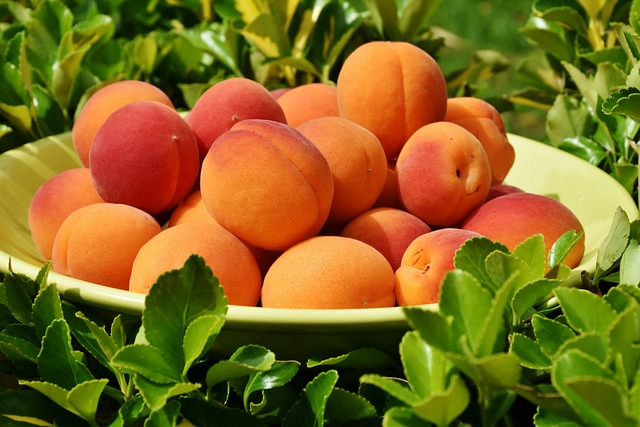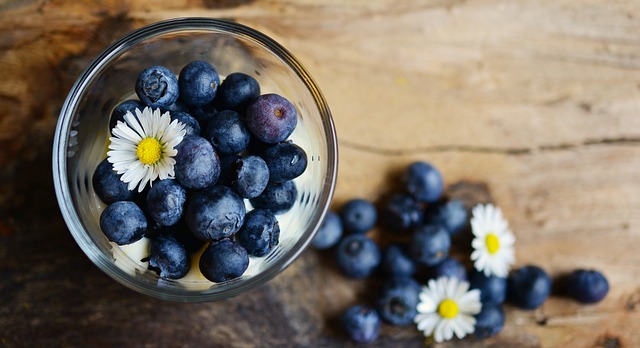Probiotics and prebiotics have become buzzwords in the world of health and wellness over the past few years, but what exactly are they, and what sets them apart? In this article, we’ll explore the key differences between probiotics and prebiotics, and why both are important for our overall health.
What are Probiotics?
Probiotics are live bacteria and yeasts that are good for our health, especially our digestive system. These microorganisms are similar to the beneficial bacteria that naturally live in our gut, but they can also be found in certain foods and supplements.
The most common types of beneficial bacteria used in probiotics include:
- Lactobacillus: This is the most common probiotic, which can be found in fermented foods like yogurt and sauerkraut, as well as in supplement form.
- Bifidobacterium: This probiotic is found in some dairy products and can also be taken in supplement form.
- Saccharomyces boulardii: This is a yeast that can be found in some probiotic supplements, and has been shown to be beneficial for treating digestive issues like diarrhea and inflammatory bowel disease.
Probiotics work by restoring the natural balance of bacteria in our gut, which can be disrupted by factors like antibiotic use, illness, and poor diet. They can also boost our immune system, improve nutrient absorption, and even reduce the risk of certain diseases like heart disease and diabetes.
What are Prebiotics?
Prebiotics are a type of non-digestible fiber that act as food for the probiotics in our gut. They pass through the upper part of the digestive tract and remain undigested because the human digestive system can’t break them down. They then travel to the colon, where they are fermented by the gut microflora.
Common prebiotics include:
- Inulin: A soluble fiber found in many plants, including chicory root, garlic, and onions.
- Oligofructose: Another soluble fiber found in foods like bananas and artichokes.
- Galacto-oligosaccharides: This prebiotic is found in breast milk, as well as some legumes like lentils and chickpeas.
Prebiotics work by stimulating the growth and activity of beneficial bacteria in our gut microbiome. By providing these bacteria with the food they need to thrive, prebiotics can help maintain a healthy balance of microflora in our digestive system.
The Key Differences Between Probiotics and Prebiotics
While probiotics and prebiotics work together to support digestive health, there are some key differences between the two:
- Source: Probiotics are live microorganisms, while prebiotics are a type of fiber that is found in certain foods.
- Function: Probiotics work by restoring the natural balance of bacteria in our gut, while prebiotics work by stimulating the growth and activity of beneficial bacteria.
- Benefits: Probiotics can boost our immune system, improve nutrient absorption, and reduce the risk of certain diseases. Prebiotics can improve digestive health, support weight loss, and reduce inflammation.
- Food sources: Probiotics can be found in fermented foods like yogurt, sauerkraut, and kefir, as well as in supplement form. Prebiotics are found in fiber-rich foods like onions, garlic, bananas, and artichokes.
How to Get More Probiotics and Prebiotics in Your Diet
If you’re looking to improve your digestive health by incorporating more probiotics and prebiotics into your diet, here are some tips:
- Eat fermented foods: Foods like yogurt, sauerkraut, kefir, and kimchi are all great sources of probiotics.
- Take a probiotic supplement: If you don’t consume enough probiotic-rich foods, a supplement can be a convenient way to get your daily dose.
- Eat more fiber-rich foods: Onions, garlic, bananas, and artichokes are all great sources of prebiotics.
- Try a prebiotic supplement: If you’re


